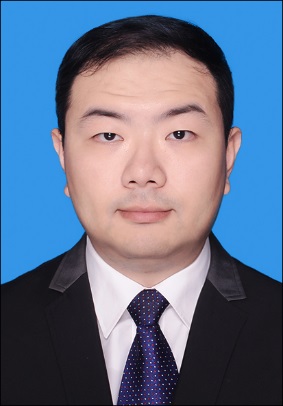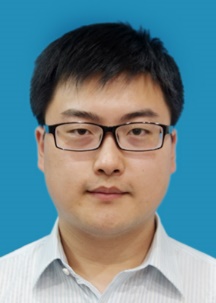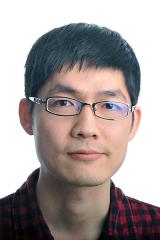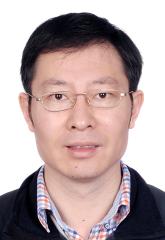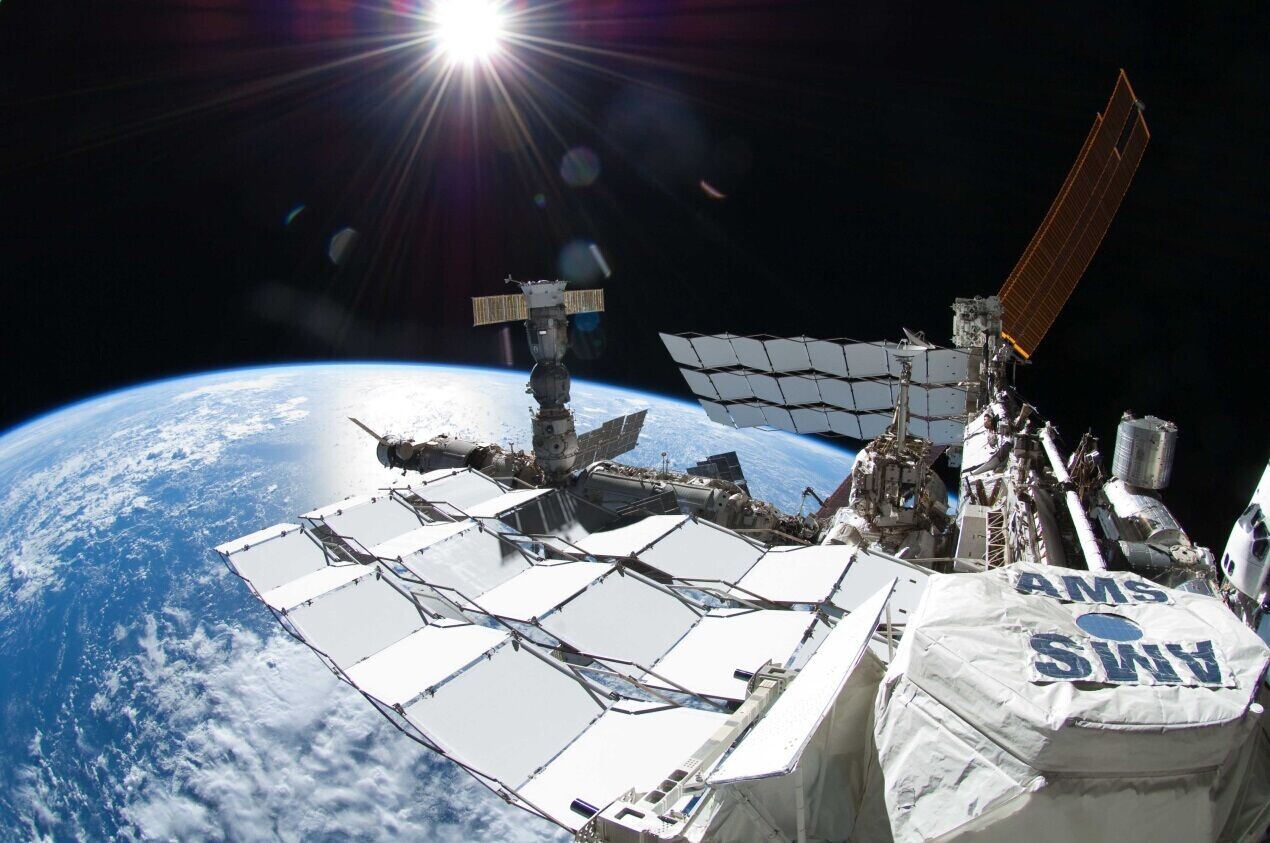
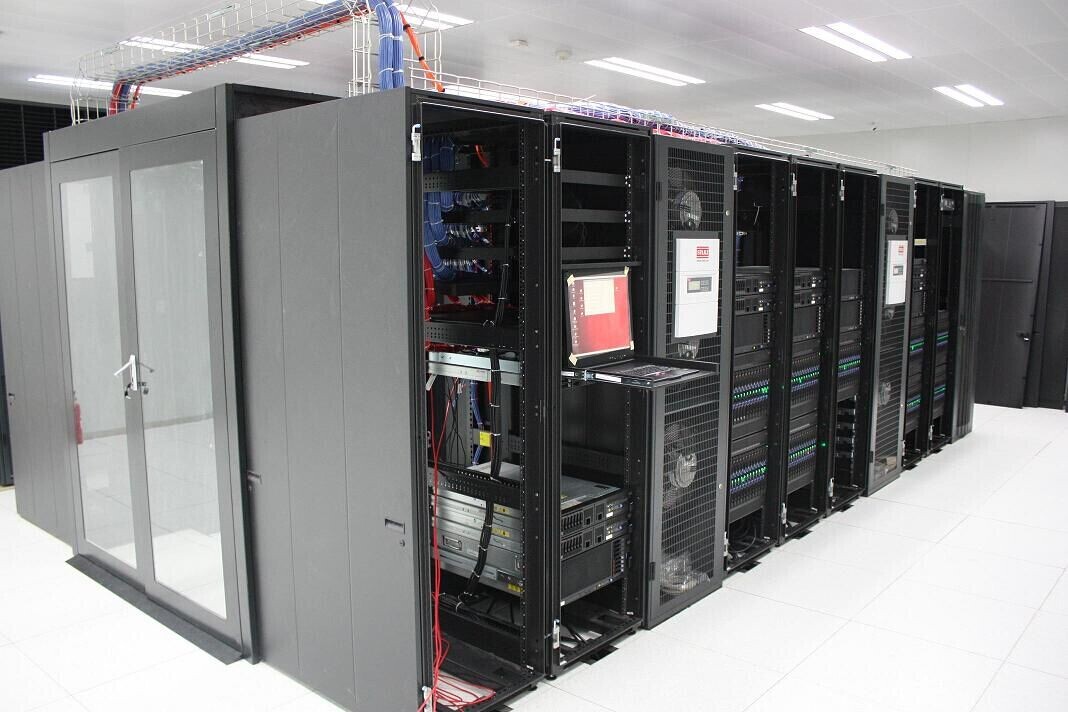
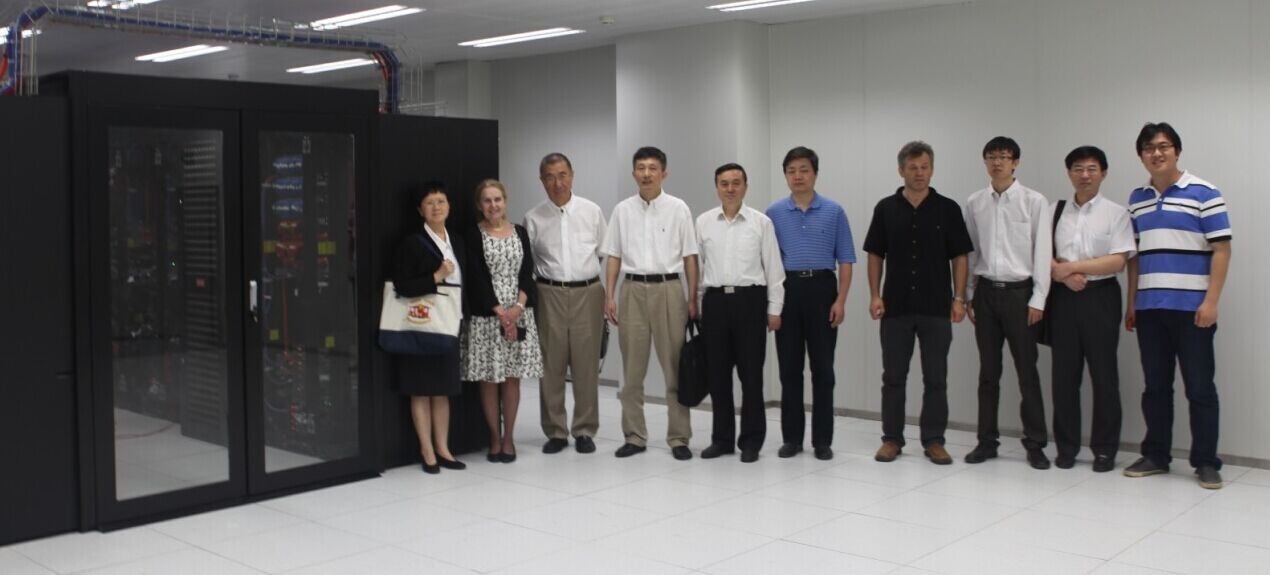
The new results on energetic cosmic ray electrons and positrons from the Alpha Magnetic Spectrometer(AMS) on the International Space Station which is led by Nuclear physicist Samuel C. C. Ting are announced. They are based on the first 41 billion events measured with the Alpha Magnetic Spectrometer (AMS) on the International Space Station (ISS). These results provide a deeper understanding of the nature of high energy cosmic rays and shed more light on the dark matter existence.Southeast University has made major contributions to the detector construction and data analysis under the leadership of Professor Hong Yi and J. Z. Luo. We started to join in this program since the year 2002.
AMS has analyzed 41 billion primary cosmic ray events. Of these, 10 million have been identified as electrons and positrons. AMS has measured the positron fraction ratio of the number of positrons to the combined number of positrons and electrons in the energy range 0.5 to 500 GeV. We have observed that the energy at which the fraction starts to quickly increase is 8 GeV indicating the existence of a new source of positrons. Figure 2 shows that the exact rate at which the positron fraction increases with energy has now been accurately determined and the fraction shows no observable sharp structures. The energy at which the positron fraction ceases to increase corresponding to the turning point energy at which the positron fraction reaches its maximum has been measured to be 275+32 GeV. This is the first experimental observation of the positron fraction maximum after half a century of cosmic rays experiments. The excess of the positron fraction is isotropic within 3% strongly suggesting the energetic positrons may not be coming from a preferred direction in space.
After 40 months of operations in space, AMS has collected 54 billion cosmic ray events. To date 41 billion have been analyzed. The data is analyzed at the AMS Science Operations Center (SOC) located at CERN as well as AMS universities around the world. Over the lifetime of the Space Station, AMS is expected to measure hundreds of billions of primary cosmic rays. Among the physics objectives of AMS is the search for antimatter, dark matter, and the origin of cosmic rays. The Collaboration will also conduct precision measurements on topics such as the boron to carbon ratio, nuclei and antimatter nuclei, and antiprotons, precision measurements of helium flux, proton flux and photons as well as the search for new physics and astrophysics phenomena such as strangelets.
Southeast University (SEU) is the first Chinese university that participates in the AMS experiment. After a long period of joint research with other institutions on detector construction, the space shuttle Endeavour equipped with AMS-02 detector launched successfully in May 2011.AMS-02 was then installed on the International Space Station, and will operate 10 to 15 years on the International Space Station. During this period, huge amounts of raw data of particles are sent to SOCs (Scientific Operation Center) in the ground. SEU is one of the major SOC in Asia, and the core task is to perform AMS data transmission, data storage, processing, calculation and analysis.
With strong support from SEU�� President Professor Hong Yi, SEU has put long-term efforts in the research field of Cloud Computing and Big Data Processing. Hundreds of scientific research personnel from SEU has worked in AMS-02 project. More than 25 million RMB were invested to build up the Cloud Computing Platform, which can provide virtualization and high-performance computing hybrid environments for AMS Big Data Processing. Based on this, SEU successfully established a data processing and analysis center for AMS-02 experiment SEU�� AMS SOC provides 5,500 CPU cores, 920TB storage capacity, and a capacity of 70 trillion floating-point calculations per second at peak. Up to now, the total amount of data processing and analysis of AMS-SOC at Southeast University is over 556TB, the cumulative contribution CPU hours is more than 850,000, which ranked first in six processing centers of AMS-02 around the world (China, Germany, Italy, Spain, France, China Taiwan).
In the future, SEU will continue to support AMS experiment in big data processing, and to help AMS to explore the dark matter source. At the same time, SEU will also effectively promote the research level and technological innovation at scientific computing, cloud computing, big data processing and other related areas, which will help creating intellectual property rights and enhancing the international competitiveness of China.
